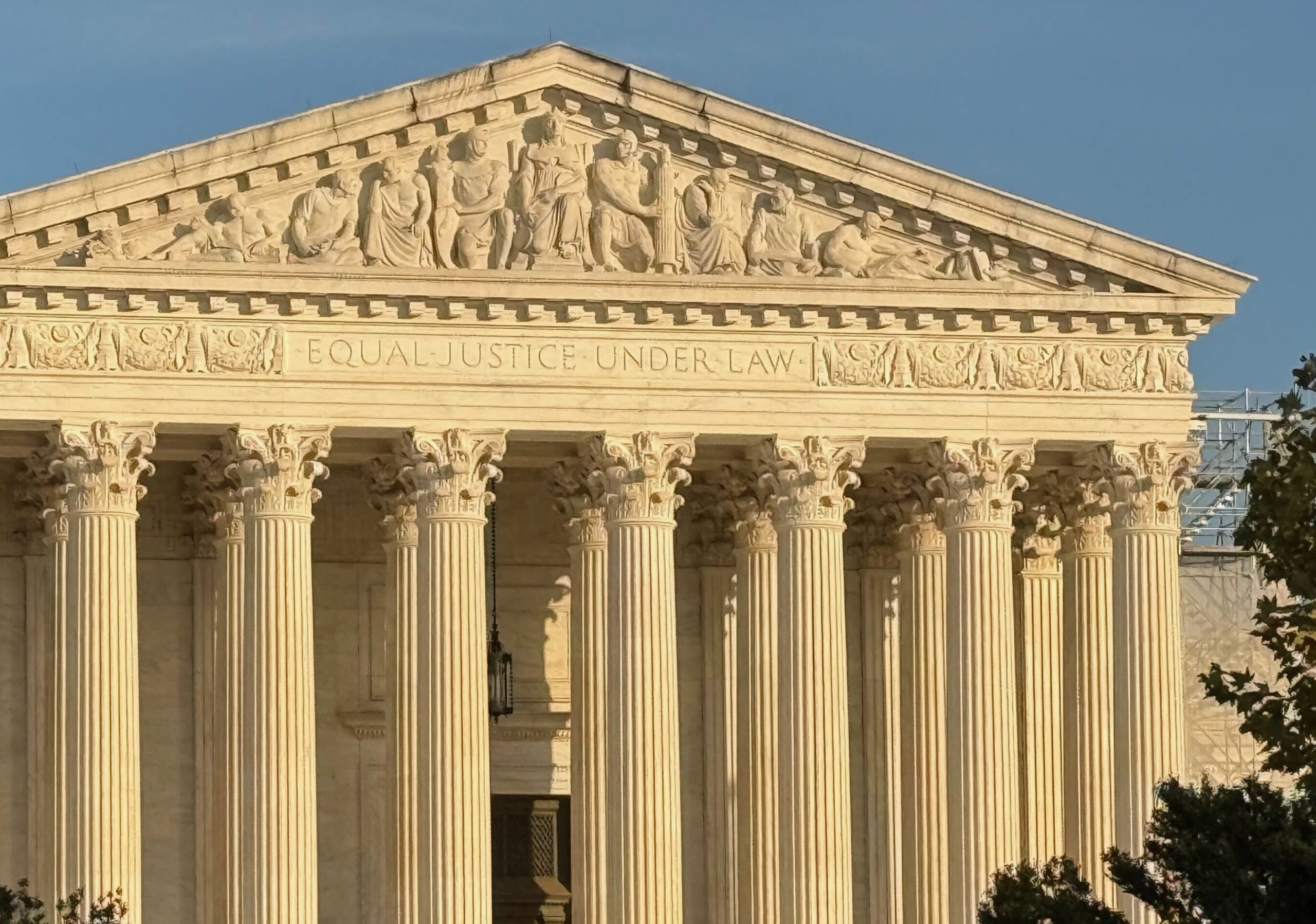The Biden Administration Plays the Dice with NIH Patent Licensing
“The new guidelines risk returning us to the bad old days when NIH inventions gathered dust on the shelf.”
On its way out the door, the Biden Administration just released new guidelines for those seeking to license inventions made at the National Institutes of Health (NIH) that could lead to new “drugs, biologics (including vaccines) or devices for the prevention, diagnosis or treatment of human disease.”
The administration has claimed this is being done “to expand patient access to products that emerge from NIH-owned inventions.” The guidelines apply to all licenses, exclusive and non-exclusive.
New Requirements
While the Bayh-Dole Act requires potential licensees to submit “a plan for development and/or marketing of the invention” to show they are serious about commercialization, the new guidelines require applicants to address additional topics demonstrating how resulting products will be available, affordable, acceptable and sustainable. Each category has an extensive list of aspects to be addressed.
The administration apparently believes licensees are receiving a valuable benefit from the government so they will be willing to jump through additional hoops for the privilege of investing their own time and money developing NIH inventions against staggering odds they will ever become successful products. When they fail, the licensee is the one who pays the price. When potential licensees turn away, the patent will likely be wasted and no one will benefit. When those potential licensees turn away, the odds are high the patent will just waste away, benefiting no one.
As the guidelines acknowledge: “NIH does not develop, distribute, or commercialize technologies itself; it relies on partners, including licensees, to turn inventions into new products and services that can directly impact people’s lives.” Indeed.
A recent study “found that over the 20 years leading up to Food and Drug Administration (FDA) approval of 18 innovative new therapies, the funding contribution from industry to the development of these therapies was 66 times higher than the public funding from all linked NIH grants.”
You might think that the guidelines would acknowledge that companies are spending their own hard earned time and money to commercialize NIH inventions, but you would be wrong.
Further, most licensees are small companies which “bet the farm” when they license federally funded inventions. The life sciences require them to raise venture capital at every stage of the development process. This is more expensive and uncertain. Even when they beat the odds, it may take a decade or more for any returns to be realized.
While no one at NIH suffers any consequences when one of their licensed technologies dies, startup companies often fold, investors lose their shirts and employees their livelihood. The guidelines are not aimed at helping licensees get rich quickly. “
That is a serious issue, but it’s too heavy a load to put on a licensee. Access and affordability are complicated issues. The United States is far and away the world’s leader in the life sciences, with our universities and federal laboratories (like NIH) performing much of the high risk, basic research leading to medical breakthroughs.
Before the Bayh-Dole Act, resulting discoveries languished because the necessary incentives and authorities required to transform government funded inventions into useful therapies was lacking. Bayh-Dole changed this, encouraging companies to take on the risks and costs of commercialization which benefits patients in the United States and around the globe. He Has a point” says:
“How much medical innovation is needed in the world, and how can it be funded?” U.S. expenditures have made this calculation easier for many countries. It’s time for America to do the math.”
But this is not the direction the guidelines are taking. The guidelines include suggested approaches that licensees can use in their plans for NIH, such as addressing affordability. One is “Committing to keep prices in the U.S. equal to those in other developed countries.”
As NIH knows, those seeking to sell new medicines abroad are subjected to government mandated price controls. How many licensees – large or small – can commit to selling a new drug at the same price as a foreign government allows them to charge if they don’t know the price before signing the license? Or will entrepreneurs look at an already risky venture and walk away? Or will entrepreneurs look at an already risky venture now made more bureaucratic and just walk away?
That’s what happened 25 years ago when NIH tried to insert language into their licenses mandating that resulting products must be sold at an undefined “reasonable price.” Prices didn’t decline but NIH licensing nosedived.
Those throwing the dice gambling that companies will accept the new licensing guidelines will be long gone if it turns up “snake eyes.” The new guidelines risk returning us to the bad old days when NIH inventions gathered dust on the shelf.
Let’s hope the incoming Trump Administration quickly revokes this threat. If not, people around the world who are hoping to alleviate their suffering may pay the price. To them, this is no game.
Image Source: Deposit Photos
Author:
Darkves
Image ID: 5952333






